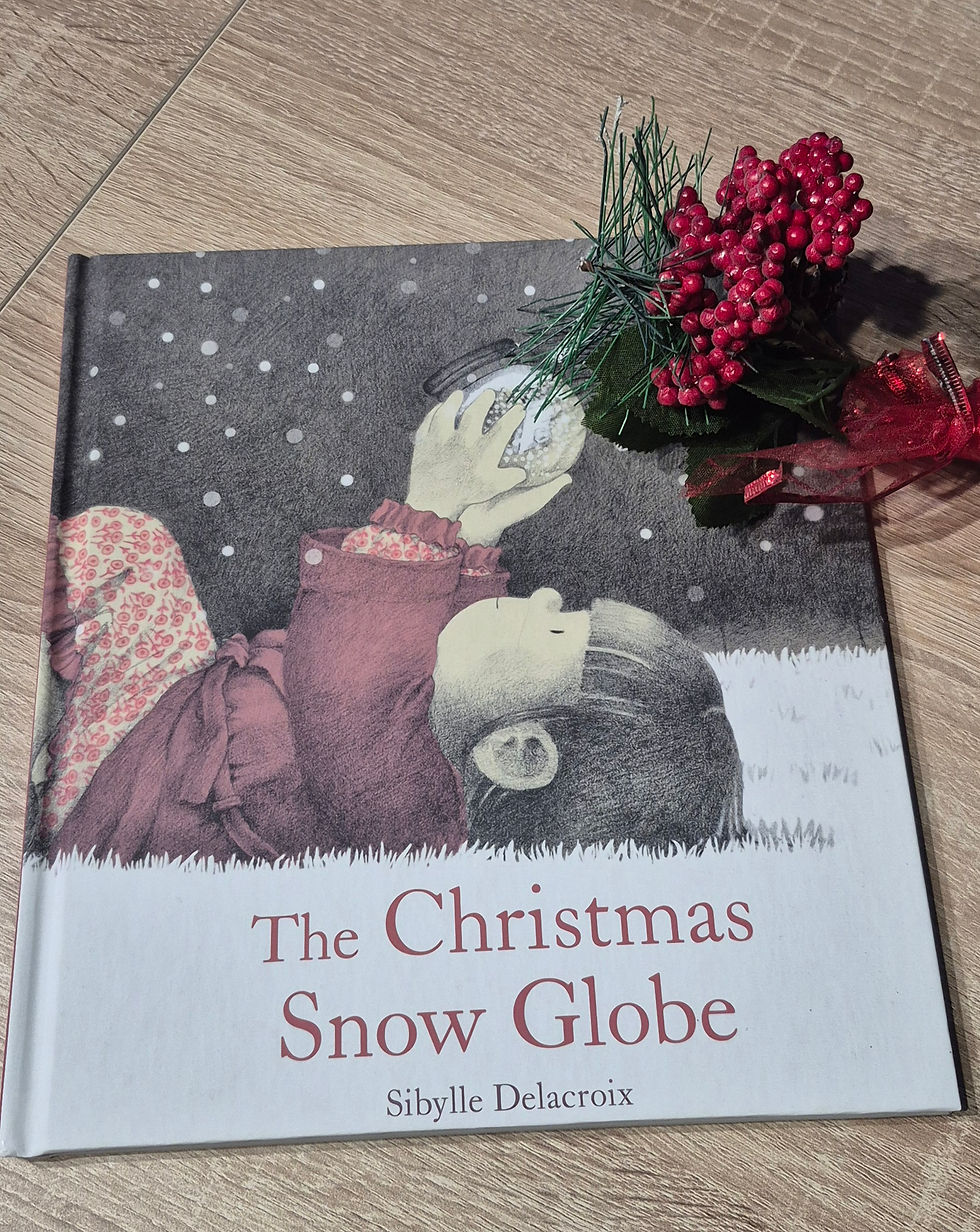Anthony Browne
- Paola Dell Acqua
- Nov 2, 2024
- 3 min read
Updated: Nov 3, 2024
The author:
British writer Anthony Browne is one of the world's most celebrated creators of picture books. His most famous classics include "Voices in the Park", "Willy the Wimp", "The Tunnel" and "Gorilla". He has won the Kate Greenaway Medal twice, the Kurt Maschler 'Emil' Award three times, and in 2000 became the first British illustrator to win the Hans Christian Andersen Award. He was appointed the UK Children's Laureate for 2009 to 2011.
Anthony wrote more than 50 books which have been translated into 26 languages. His illustrations depict an unmistakable style.
Learn about the author: Anthony Browne Books
His books:
In 2020, he published 'My Dad' a tribute to his father who had died when Anthony was very young. Some years later, other titles about family members were published: 'My Mum' in 2005, 'My Brother' in 2007, 'Our Girl' in 2020 and 'My Grandad' in 2024.0o9
I became interested in them and started looking for connections. I tried to find similarities and differences and examined them in terms of vocabulary and activities that could be done in class.
They warmly highlight the importance of family relationships, each member being portrayed through the eyes of a child.
The descriptions abound in adjectives, similes and words of admiration and praise.
The illustrations are surreal, colourful and full of ingenious visual puns.
I also wondered what inspired Anthony Browne to write them...
Ideas to work in class or read at home:
All the stories can be used to describe family members, talk about one's feelings and learn vocabulary. Activites can be adapted to different ages.
They can be connected to other areas, for example, to learn about animals.
The ideas suggested can be used with all the titles over a couple of classes.
Age: 4+
Pages: 32
Before reading:
The cover:
Describe the cover: ask 'how does ....look like?' 'Is she/he similar to /different from your....?' 'Why/ How?' 'Can you guess how she/he is? the things she/he can do or like?'
About you: 'How do you feel about your...?' 'What do you like about your...?'
While reading:
While reading, devote some time to check predictions or let children connect to their own family or another family member they want.
The richness in vocabulary can be used to learn action words, adjectives to describe people, and combinations of adjectives and verbs and can be extended to vocabulary to describe animals.
Adjectives:
There are at least 20 words -adjectives and verbs- to learn in each book!! The stories, rich in examples of comparatives, as...as constructions and similes; are a good opportunity to teach vocabulary naturally.
As children may suggest new adjectives, new similes can be created.
(Check pdf)
Verbs and adjectives:
The wonderful illustrations can be used to elicit words for everyday actions -ideal for Presnt Simple-
The verbs can be written on the board -not in order- and, after reading the whole story, children can be asked to put them in order.
Children can compare with the actions their family members do and produce affirmative and negative sentences.
(Check pdf)
After reading:
Ask children to mention: the funniest/ strangest fact, what they liked most/least about the character, how she/he resembles someone in their family.
Students can write a short description of someone in their family using vocabulary learned.
They can draw them using any simile as inspiration.
Another activity that can be fun is to ask them to imagine their mother or father describes them, 'My Son' 'My Daughter'. That would make them reflect about themselves.
I enjoyed reviewing the books and creating activities that could be used to teach vocabulary and talk about families.
Feel free to download ideas to work with the books in this pdf :
I have mentioned I am curious about what inspires authors... Well, I am very excited and honored since Anthony Browne, very kindly, accepted answering a mini interview!!!
You will find it soon in the Q&A section in the blog!!!!

If you feel it can be improved, I'd appreciate your feedback.
Thanks and Happy Reading for Pleasure!!!
©








Comments